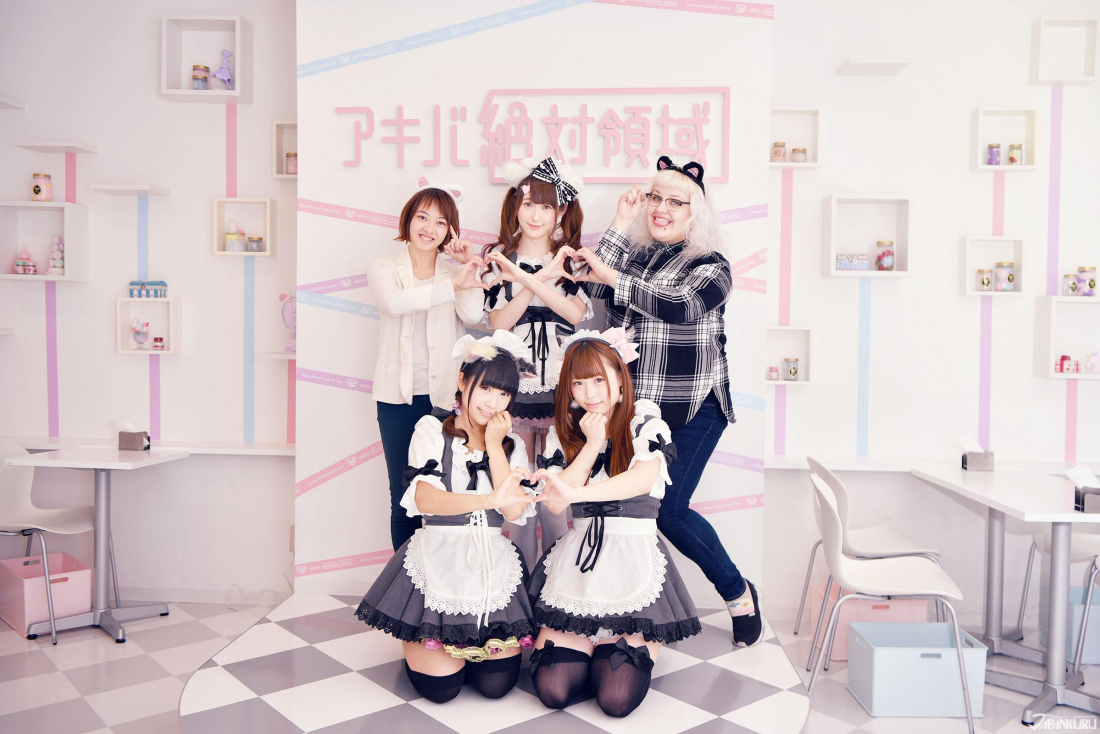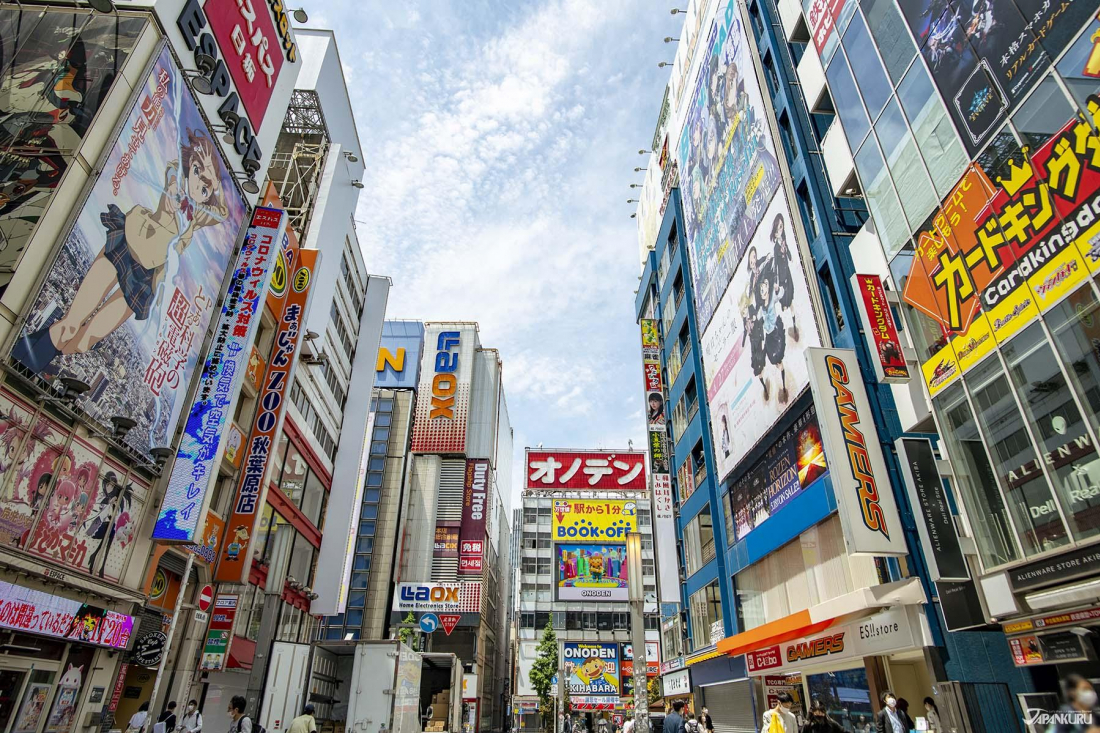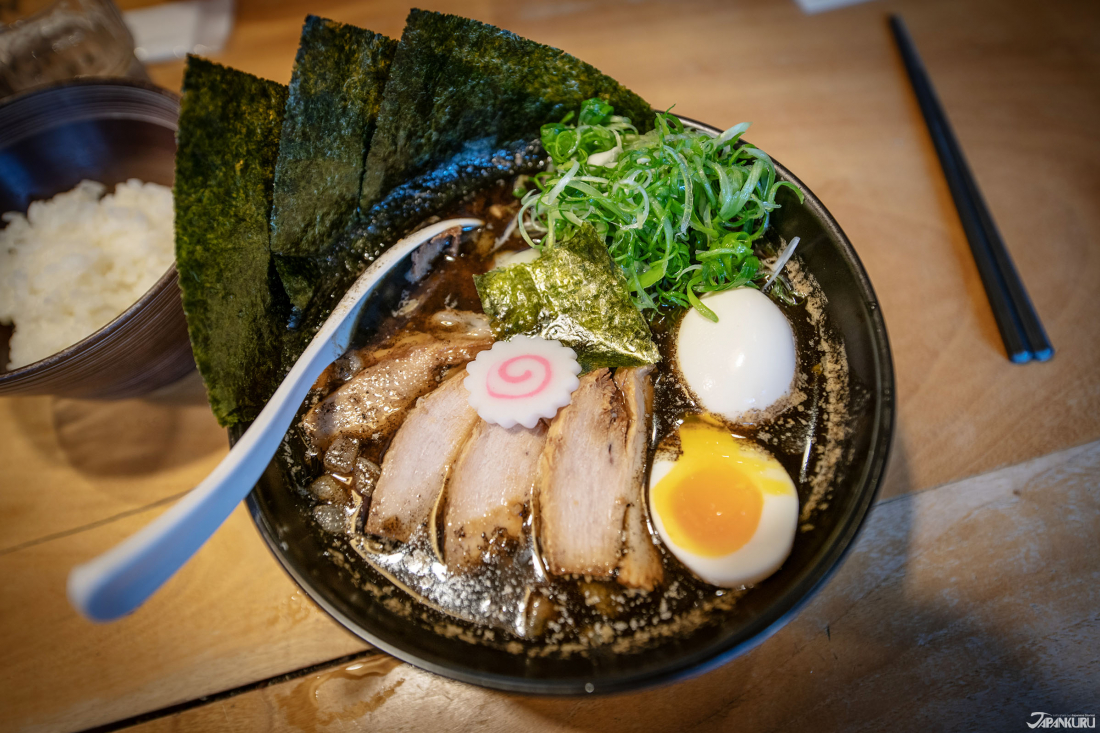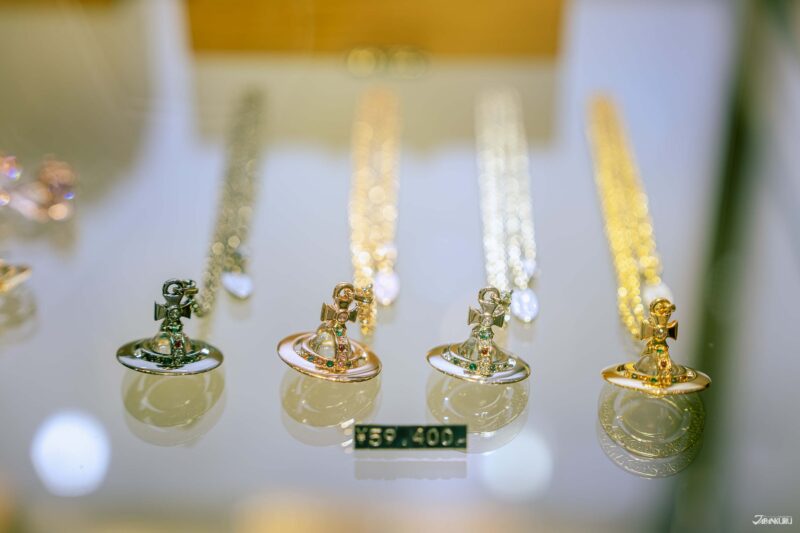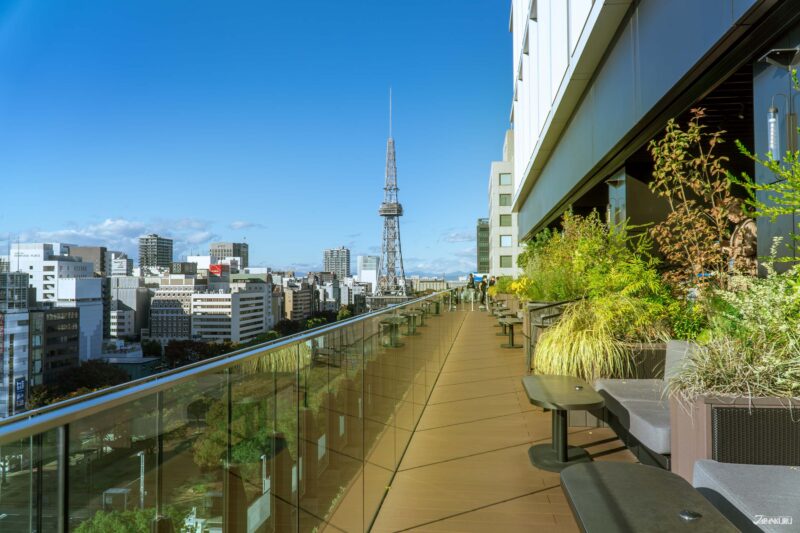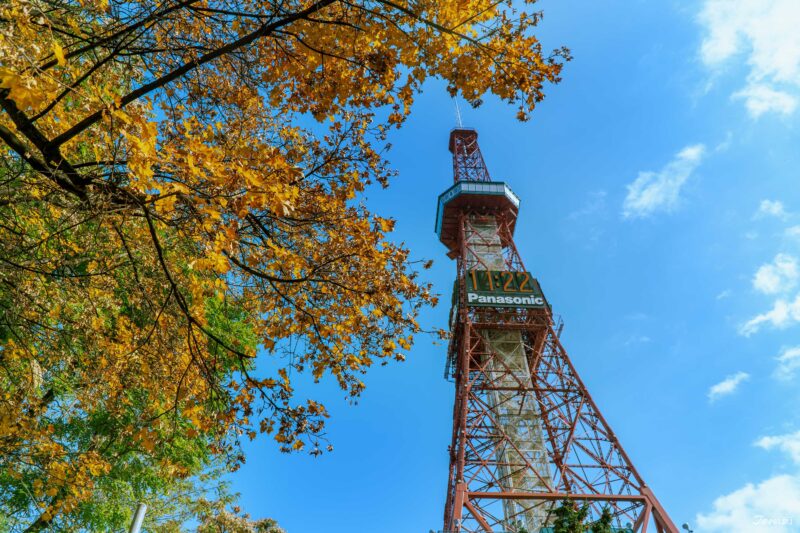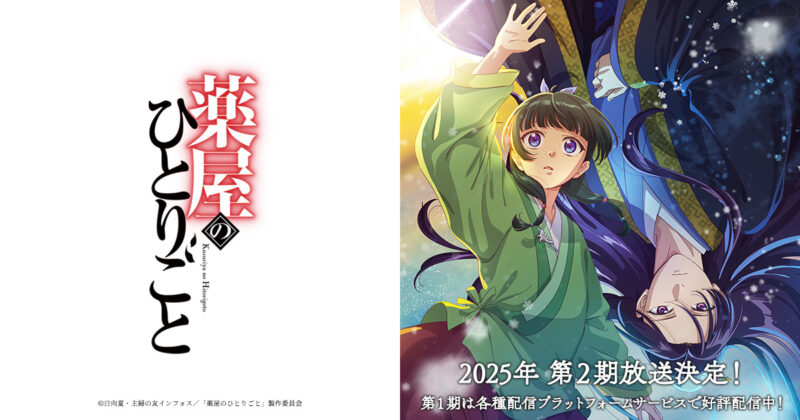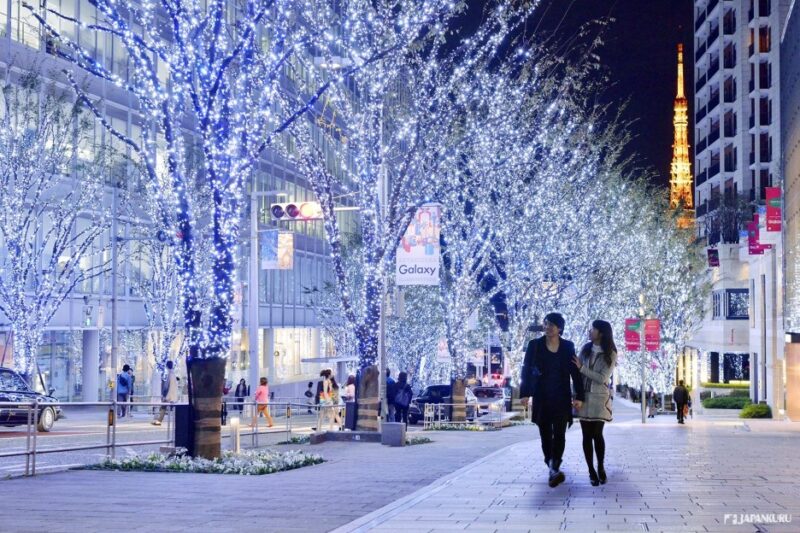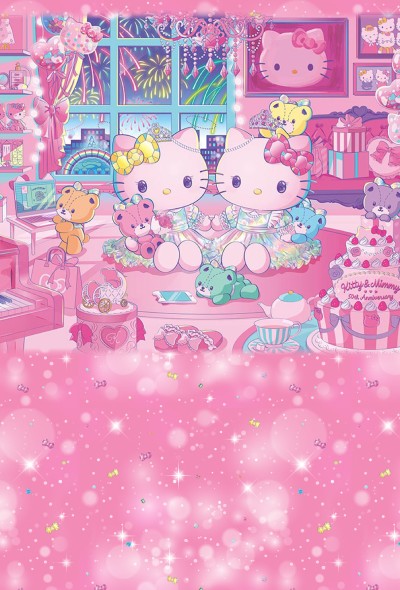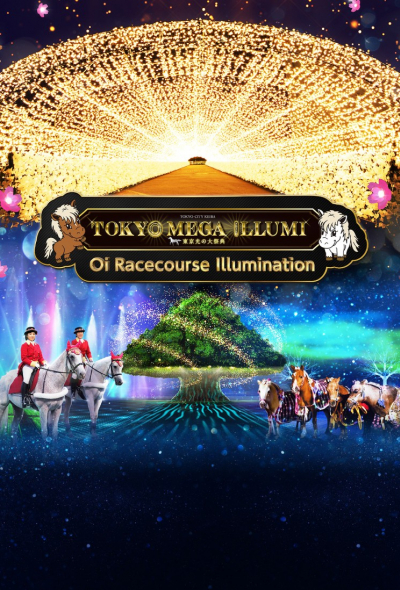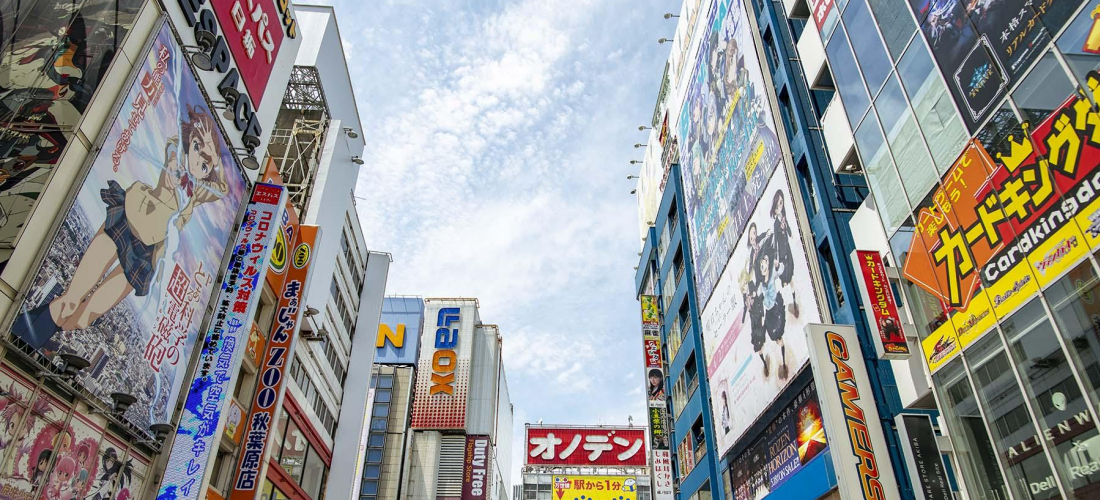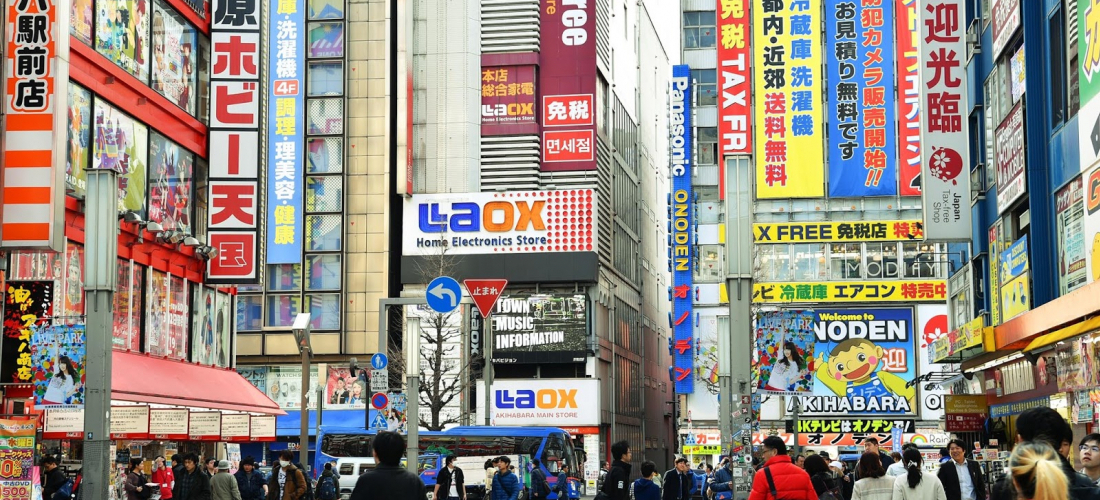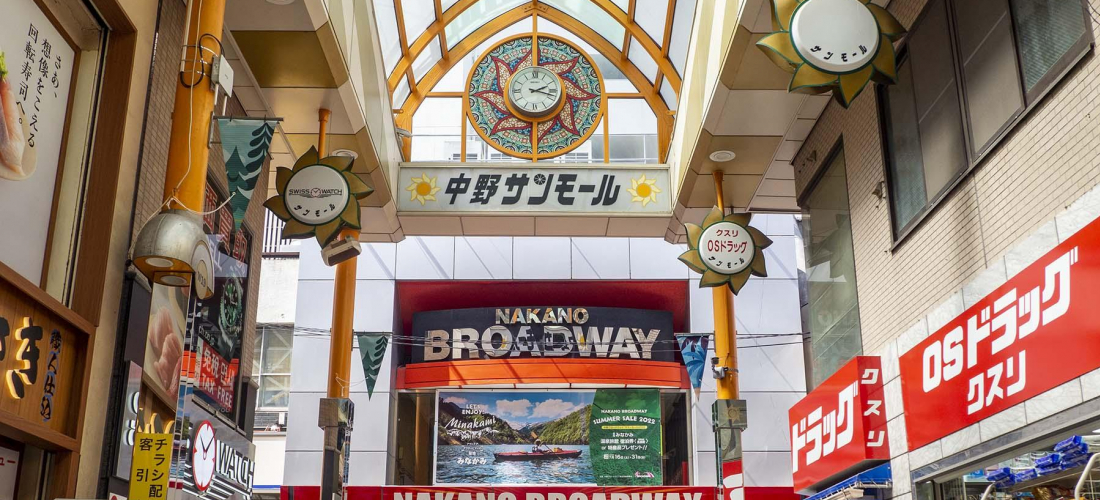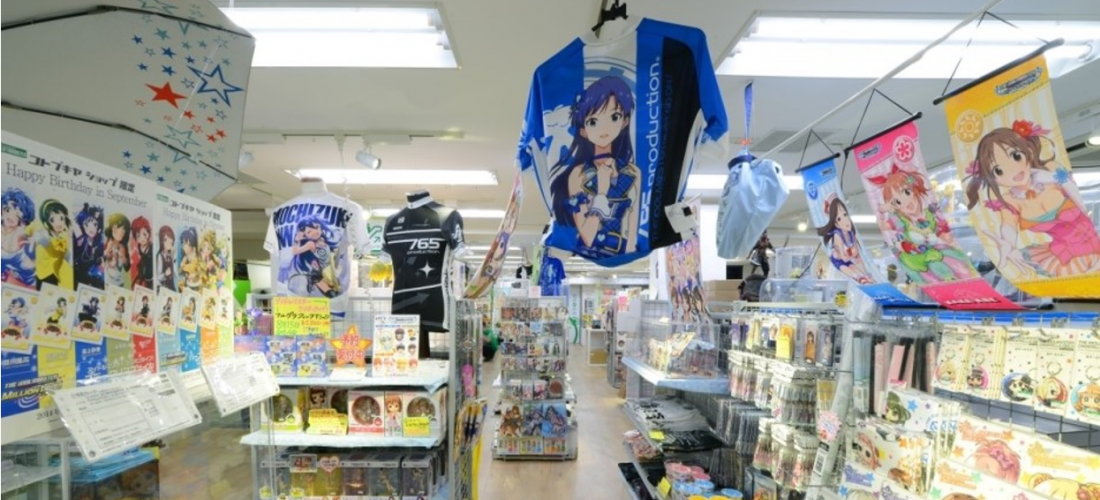CONTENTS
Maid cafes, video game arcades, and streets packed with great deals and tasty eats – Akihabara is fun for casual nerds and serious otakus alike.
A Day of Akihabara Entertainment
Tokyo's Akihabara area is a favorite destination for otakus, nerds, and geeks of all stripes. Although the neighborhood first started drawing crowds as a station-side market in the late 1800s, the market wares grew more diverse after World War II, when it slowly started attracting electronics fans, and eventually drew in the mix of shoppers, gamers, hobbyists of all kinds, and sightseers we find today. And with all the otakus arriving in the area, entertainment has followed, giving visitors some pretty fun way to wile away the hours. Here are just a few ways of the best ways to hang out in Akihabara!
➡ Enjoy Tea Time at the Maid Cafe
To put it simply, a maid cafe is an establishment staffed by young women dressed in maid costumes. While visiting, customers can expect to order some particularly cutesy food (think omurice with extra hearts or pink pastel sweets) and see the maids do things like "add extra love with a heart beam" when serving food, or pose for polaroid photos as souvenirs. Some cafes even have their staff perform choreographed songs and dances on a little stage. It's all sugary sweet enough to make your teeth ache, and of course, it all comes with a hefty price tag. Some people walk away feeling a little overwhelmed, but many maid cafe guests will tell you it's a once-in-a-lifetime experience. There's nothing like immersing yourself in this magical world of cute maids, frilly costumes, and finger hearts, especially when you're basically in the sacred land of maid cafes! For first-timers, Akiba Zettai Ryoiki and @home cafe are particularly popular spots, and a few chain maid cafes also have locations in the neighborhood. If you've been there, done that, then it might be time to check out one of the uniquely themed maid cafes, where the maids are in Japanese-style costumes or unusual animal ears. Of course, for those who aren't quite ready to dive right in, Akihabara also has cat cafes, owl cafes, and a number of anime-themed cafes too!
➡ Get Gaming at the Arcade
For many nerdy travelers who want to dip a toe into Akihabara culture, there's nowhere better than one of the area's enormous arcades. While one of the most iconic Sega arcades in the area (particularly known for its architecture) unfortunately closed its doors back in autumn 2020, there are still four Sega arcades in Akihabara, along with quite a few arcades from other companies. Akihabara is by no means lacking in places to play video games, with all the towering, multi-floor buildings dedicated to arcade games of every kind, from fighting games that have long been a part of the international gaming scene, to rhythm games controlled in increasingly complex ways, and some surprising games you'll probably never see outside of Japan. It's easy to go through hundreds of yen going from floor to floor and trying out games of every genre, but you can also join the crowds that sometimes gather around to watch other particularly impressive players, and even visitors who are less into video games can often enjoy a game of darts, or a trip to the purikura photo booths that stretch your face into doll-like proportions and let you draw all over the pictures.
➡ Eat Like You’re in an Anime
Anyone who's ever watched with envy as Naruto slurped up another bowl of glistening noodles, or drooled over the cooking scene in Studio Ghibli's Ponyo, will know that mouth-watering food can be the cherry on top of a good anime, and ramen is an old standby. What better way to enjoy your time in Akihabara than going otaku-gourmet and indulging in some rich ramen to relive your favorite anime scenes? The Akihabara food scene has been expanding in recent years, slowly attracting an increasing stream of food lovers with restaurants that are cheap, plentiful, and delicious. Among those are quite a few popular ramen spots, like the cramped local haunt Aoshima Ramen, which serves classic ramen complete with naruto-maki fish cakes, or century-old favorite Hyakunen Honpo, alongside a handful of ramen chains with their own dedicated fanbases, like the tonkotsu ramen specialists Hakata Furyu.
(If you want the ultimate Akihabara dining experience, you can always combine your maid cafe and ramen experiences by ordering the pretty "Moe Moe Pink Ramen" at Akiba Zettai Ryoiki, which you'll find to be a surprisingly well-prepared bowl of tonkotsu ramen, colored pink naturally with beets.)
Or Recreate the Experience at Home!
There's nothing quite like visiting Akihabara and feeling the atmosphere for yourself, but for travelers who won't be heading to the area any time soon and still want to experience a little Akihabara, the magic of online shopping might be able to help you out. Set the mood at home with decorations featuring Hatsune Miku, the vocaloid icon, or merchandise from Akihabara's famous girl group AKB48 (we're actually fans of their Fukuoka sister group HKT48). Then recreate the super-kawaii maid cafe experience with pink Japanese udon, cute teapots, and even cuter cat-shaped sugar cubes. If you're ready to go overboard with it all, you can even order the cutest bottles of mineral water in the world, with rhinestones and cute anime girls or entirely covered in a tower of fake macarons. Gamers might have a little more trouble recreating a multi-floor arcade in their living room, but at least Japanese retailers are ready to offer up gaming gear galore and plenty of unusual Japanese video games, to add a little Japanese style to your home gaming experience. Finally, when it comes to ramen, you don't have to settle for styrofoam cups of instant noodles at home. Lots of Japanese food manufacturers (and even some popular ramen shops) offer ramen kits to make proper ramen at home, with fresh noodles that maintain their bounce, rich soup bases, and toppings like decadent chashu pork. You can even plate it all in an elegant Japanese ceramic bowl for that extra touch of restaurant class. Whether you're seeing it for real, or recreating the experience at home, Akihabara offers a pretty fantastic otaku experience!
Details
NAME:Akihabara (秋葉原)
Looking for the latest trends and products coming out of Japan? We've got you covered!
COMMENT
FEATURED MEDIA
VIEW MORE
A Tokyo Winter Must-See: Tokyo Mega Illumination Event Period: November 2, 2024 ~ January 12, 2025 *Closed Nov 4~8, Dec 1~6, Dec 25~ Jan 1. End date may be subject to change. Hours: 16:30 – 21:00 (final admission 20:00) *Opening hours may vary depending on scheduled events or congestion, please check the official website for details. Directions: 2 min. walk from Tokyo Monorail Oikeibajo-Mae Station, 12 min. walk from Keikyu Tachiaigawa Station #japankuru #tokyowinter #tokyomegaillumination #megaillumination2024 #tokyocitykeiba #도쿄메가일루미네이션 #tokyotrip #oiracecourseillumination

Tokyo Shopping Spot Recommendation: New Balance Kichijoji #newbalance #newbalancekichijoji #newbalancejapan #japanesesneakerheads #shoppinginjapan #japantrip #도쿄여행 #도쿄쇼핑 #뉴발란스 #일본한정 #일본패션 #日本購物 #日本買衣服 #NB #日本時尚 #東京購物 #รองเท้าnewbalance #นิวบาลานซ์ #รองเท้าผ้าใบ #ช้อปปิ้ง #คิจิโจจิ #japankuru

See Kyoto Clearly With Your New Glasses #japankuru #kyoto #jins #교토여행 #진즈 #京都 #교토수족관 #가모가와 #kamogawa #kyotoaquarium

The First Japanese Converse Flagship: CONVERSE STORE HARAJUKU #japankkuru #conversejp_pr #conversejapan #harajuku #tokyotrip #converse #tokyoshopping #匡威 #帆布鞋 #東京購物 #原宿 #日本時尚 #일본쇼핑 #일본컨버스 #일본한정 #하라주쿠 #일본패션 #일본스트릿 #รองเท้าconverse #รองเท้าผ้าใบ #ช้อปปิ้ง #ฮาราจูกุ #คอนเวิร์ส

Japanese Makeup Shopping • A Trip to Kamakura & Enoshima With Canmake’s Cool-Toned Summer Makeup #pr #canmake #enoshima #enoden #에노시마 #캔메이크 #japanesemakeup #japanesecosmetics

⚔️The Robot Restaurant is gone, but the Samurai Restaurant is here to take its place. Check it out, and don't forget your coupon! 🍣신주쿠의 명소 로봇 레스토랑이 사무라이 레스토랑으로 부활! 절찬 쿠폰 발급중 💃18歲以上才能入場的歌舞秀,和你想的不一樣!拿好優惠券去看看~ #tokyo #shinjuku #samurairestaurant #robotrestaurant #tokyotrip #도쿄여행 #신주쿠 #사무라이레스토랑 #이색체험 #할인이벤트 #歌舞伎町 #東京景點 #武士餐廳 #日本表演 #日本文化體驗 #japankuru #japantrip #japantravel #japanlovers #japan_of_insta

Japanese appliance & electronics shopping with our KOJIMA x BicCamera coupon! 用JAPANKURU的KOJIMA x BicCamera優惠券買這些正好❤️ 코지마 x 빅 카메라 쿠폰으로 일본 가전 제품 쇼핑하기 #pr #japankuru #japanshopping #kojima #biccamera #japaneseskincare #yaman #dji #osmopocket3 #skincaredevice #日本購物 #美容儀 #相機 #雅萌 #日本家電 #일본여행 #면세 #여행꿀팁 #일본쇼핑리스트 #쿠폰 #일본쇼핑 #일본브랜드 #할인 #코지마 #빅카메라 #japankurucoupon

Odaiba's DiverCity Tokyo Plaza is home to the famous real-size 20m-tall Unicorn Gundam, and the popular shopping center has even more Gundam on the inside! Check out the Gundam Base Tokyo on the 7th floor for shelves upon shelves of Gunpla, and the Gundam Base Tokyo Annex on the 2nd floor for cool anime merchandise. Both shops have tons of limited-edition items! #pr #odaiba #tokyo #tokyotrip #japantrip #japantravel #PR #divercity #divercitytokyoplaza #tokyoshopping #gundam #unicorngundam #gundambasetokyo #anime #otaku #gunpla #japankuru #오다이바 #다이바시티도쿄 #오다이바건담 #건담 #일본건담 #건프라 #건담베이스도쿄



